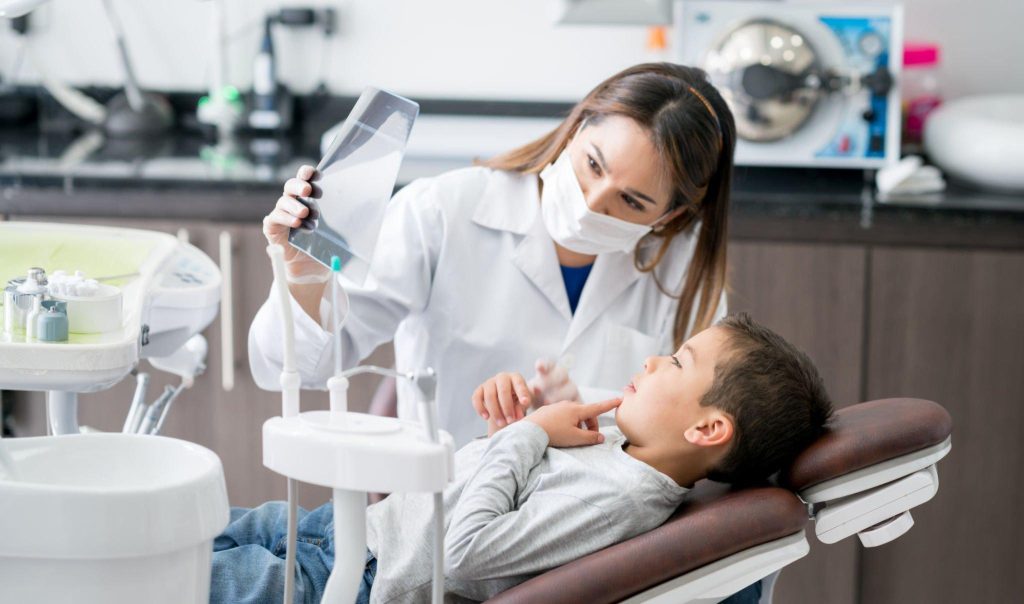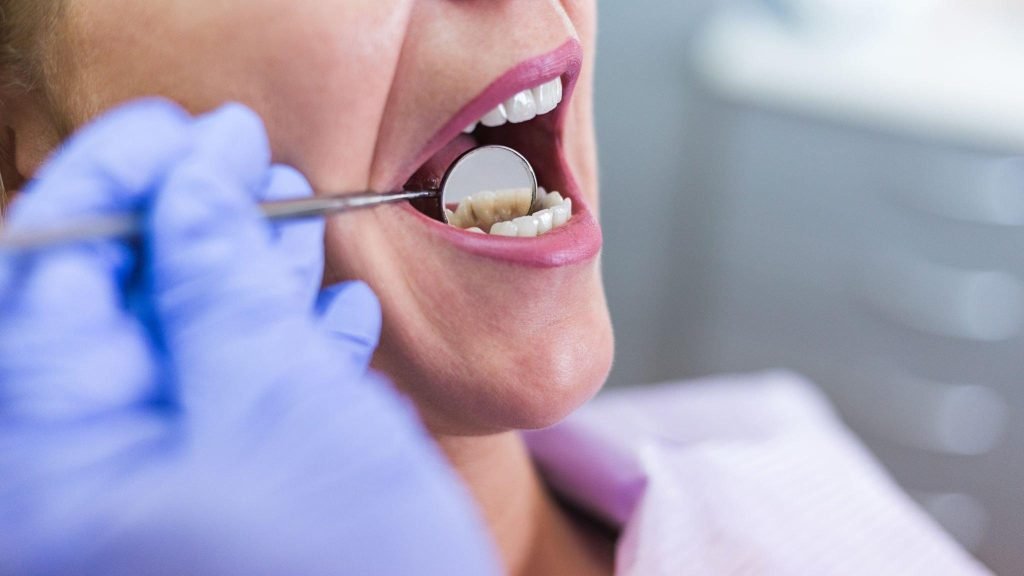As an expectant or new parent, you devote endless attention to your baby’s health and development. But their oral health often receives short shrift by comparison. Many assume baby teeth matter less since they fall out eventually anyway. However, primary teeth set the stage for proper permanent teeth alignment while allowing kids to chew, speak, and smile properly in the meantime. This comprehensive guide explains why those cute little pearly whites require proactive TLC right from the start.

Primary Teeth Set the Foundation
Baby Teeth Pave the Way for “Big Kid” Teeth
Primary teeth begin developing between the sixth and eighth week of pregnancy as baby’s jaws and facial bones grow. By erupting on schedule, these placeholders ensure adequate space for permanent teeth descending later. Premature loss or extraction can shift remaining baby teeth out of position or reduce the ridge length necessary for mature teeth. So while baby teeth eventually give way to successors, they establish essential anatomical guiding posts in the meantime.
Top 6 Baby Tooth Functions
Why Properly Cared for Primary Teeth Matter
During the 5-13 years baby teeth occupy little mouths before adult replacements push them out, these primary players serve critically important roles including:
- Allowing kids to chew, bite, and tear food properly to ensure adequate nutrition.
- Enabling clear speech development free of gaps or impediments.
- Supporting self-confidence with an attractive smile.
- Holding space for permanent teeth coming in.
- Allowing normal jaw growth and facial bone development.
- Serving as guides for the permanent tooth eruption sequence and pathways.
So while baby teeth are ultimately temporary, maintaining their health during their tenure sets the stage for proper nutrition, speech, mood, and oral development.

The Eruption Sequence and Patterns
When Each Tooth Emerges
Baby teeth tend to emerge on a predictable schedule, with complete sets by age three. The typical baby tooth eruption timeline progresses like this:
6-12 months – central and lateral incisors on bottom and top plus all four first molars
13-18 months – lateral incisors if not erupted already plus bottom and top canines
16-22 months – first molars if not erupted already
23-31 months – all four second molars complete the set
As you notice these little teeth poking through swollen gums, you can track progress tooth-by-tooth and celebrate each new arrival!
Caring for Your Baby’s Smile
Proper Cleaning and Dental Visits
With tiny teeth now occupying your baby’s mouth, proper care to avoid problems involves:
Brushing – As soon as the first tooth erupts, introduce brushing using a baby toothbrush and water only. Switch to a rice grain-sized smear of fluoride toothpaste around age two or when your child can spit competently. Help them brush properly twice daily.
Flossing – Once any two teeth first touch, floss gently between them daily to avoid entrapment issues.
First Dental Visit – Schedule their first preventive dental examination around the first birthday or within six months of the first tooth erupting. The dentist will assess for problems and establish a personalized care regimen.
Fluoride Varnish – Fluoride varnish applications strengthen vulnerable enamel against decay. The dentist or pediatrician can apply starting around age one.
Wean from Night Feedings – Wean toddlers off nighttime milk/juice bottles by age one to prevent prolonged acid/sugar baths attacking new teeth.
Adequate Calcium – Ensure adequate vitamin D-fortified dairy intake for proper enamel mineralization.
Through twice daily brushing, flossing, dental visits every six months, fluoride treatments, smart dietary patterns, and other basic measures, baby teeth stay healthy and cavity-free.

Watching for Signs of Early Childhood Caries
Despite best efforts, children sometimes develop an aggressive form of tooth decay called early childhood caries. Watch for these common warning signs:
- White, yellow, or brown stains on upper front teeth near the gum line
- Pitting, chipping, roughness, or holes forming on tooth enamel
- Tooth sensitivity, pain, or swelling around gums
- Loose or abscessed teeth
- Halitosis or foul odors from the mouth
If you notice any concerning symptoms, promptly bring your child to the dentist to identify and treat the underlying problem. The sooner the better, as advanced decay can permanently damage emerging permanent tooth buds underneath.

Shedding Sequence for Baby Teeth
Making Way for the Permanent Set
Right on schedule between ages 5-13, children begin losing primary teeth sequentially as the permanent set pushes upward to take their place. The typical baby tooth shedding progression goes:
5-6 years – First molars and lower central incisors shed first.
7-8 years – Upper and lower lateral incisors and canines replaced next.
9-12 years – Upper and lower second molars, upper central incisors.
Around age 12 – Upper canines often the last baby teeth replaced.
This predictable exchange process usually lasts six years culminating in 28 permanent successors. So don’t worry if a tooth appears slightly loose or falls out – it simply indicates the normal transition process marching along!
Parent Peace of Mind
Take Proper Care from the Start
While naturally losing baby teeth signifies healthy development, problems can brew when kids have extensive decay, gum disease, injuries, or tooth loss interfering with oral functioning or permanent tooth eruption sequence. Practicing attentive at-home care and maintaining dental exam visits lays the healthiest possible foundation. Provide your child a lifetime of confident smiles by prioritizing early oral wellness!
